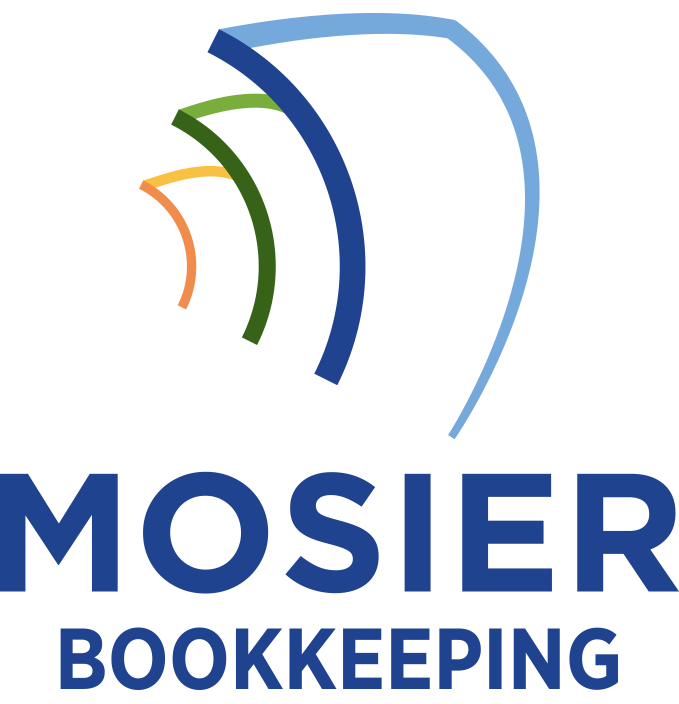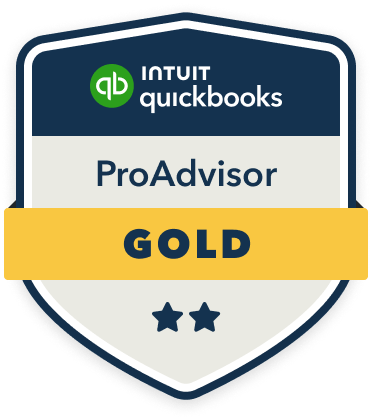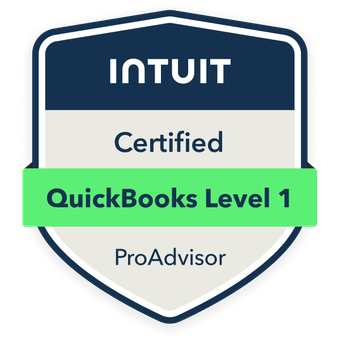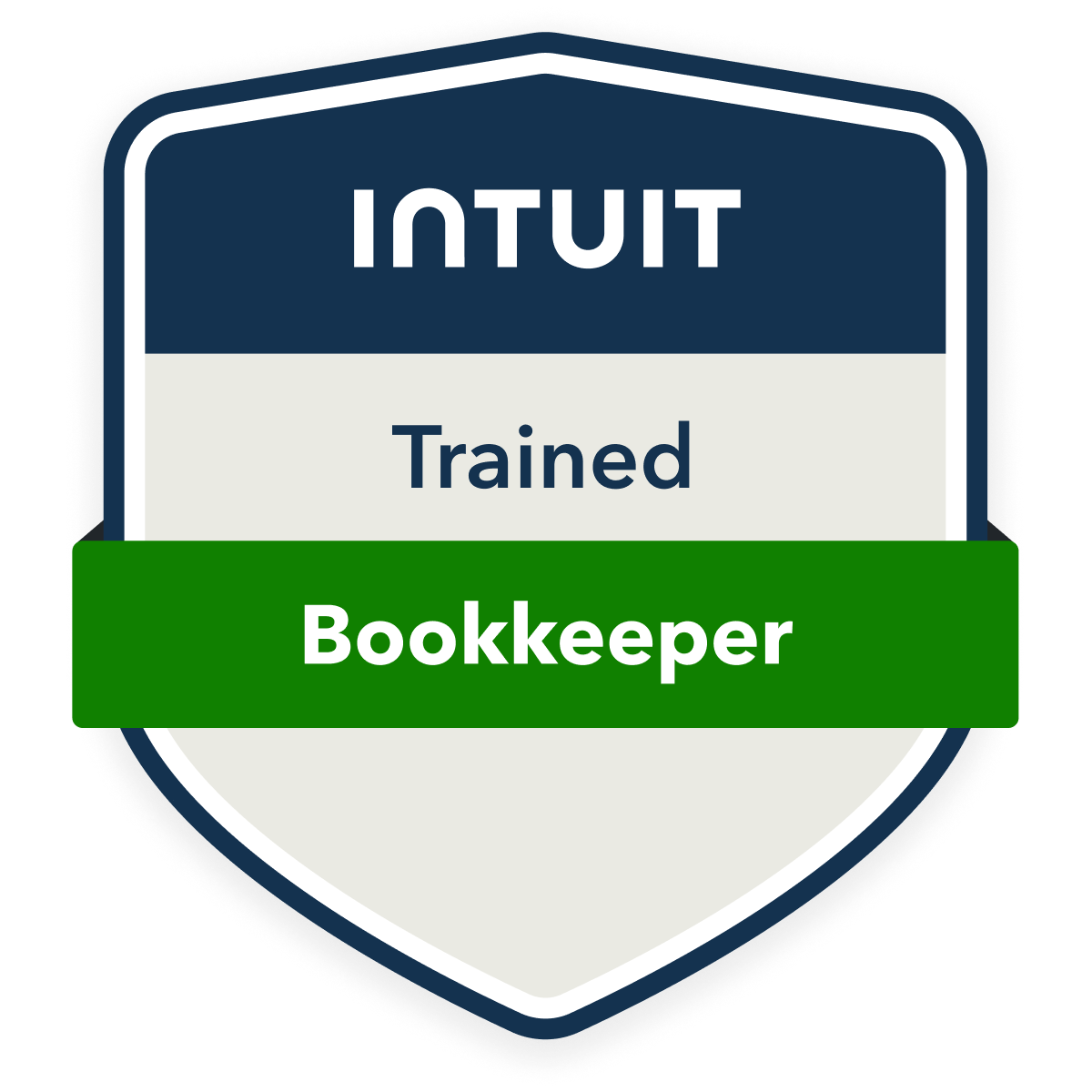To effectively manage data protection costs, I recommend establishing dedicated budget categories that separate security expenses from general IT spending. You’ll need to track software licenses, compliance certifications, and infrastructure investments through detailed cost centers while documenting personnel training and hardware depreciation. Implement automated expense tracking systems to monitor usage patterns and flag renewals. Following these systematic bookkeeping practices will strengthen your compliance position and optimize your security investments. A deeper examination of these methods reveals additional strategic advantages.
Establishing a Dedicated Data Protection Budget Category

While many organizations treat data protection as an IT overhead cost, establishing a dedicated budget category is essential for proper resource allocation and compliance tracking. I recommend creating distinct line items for data protection software licenses, encryption tools, backup systems, and compliance monitoring platforms. This granular approach lets you accurately assess ROI and justify investments to stakeholders.
I’ve found that separating data protection costs from general IT expenses enables precise audit trails and demonstrates regulatory due diligence. You’ll gain better visibility into protection gaps and can strategically allocate resources to high-risk areas that demand immediate investment attention.
Tracking Security Software and Subscription Expenses
Security software and subscription costs can add up quickly across an enterprise environment. I’ll show you how to track these expenses meticulously to maintain regulatory compliance and optimize your security spend.
| Expense Type | Tracking Method | Review Frequency |
|---|---|---|
| Endpoint Protection | Per-user License | Monthly |
| Cloud Security | Usage-based | Weekly |
| Access Management | Per-seat Model | Quarterly |
I recommend implementing an automated expense tracking system that flags renewals, monitors usage patterns, and alerts you to cost anomalies. You’ll need to categorize each security subscription by department, integrate it with your procurement system, and maintain detailed audit logs for compliance purposes.
Documenting Compliance and Certification Costs

Beyond tracking software expenses, organizations must maintain accurate records of their compliance and certification investments. I recommend implementing a robust documentation system for auditing your regulatory costs and maintaining an audit trail of certification-related expenditures. This enables strategic cost optimization while guaranteeing regulatory adherence.
- ISO 27001 certification fees and external auditor expenses
- PCI DSS compliance assessment and quarterly scan costs
- HIPAA compliance training and third-party evaluation fees
- SOC 2 Type II audit expenses and remediation investments
I’ve found that separating these costs into distinct cost centers helps maximize tax benefits while demonstrating due diligence to stakeholders. Regular review of these expenditures secures return on compliance investments.
Managing Personnel and Training Expenditures
As organizations scale their data protection programs, personnel and training costs often represent the largest operational expense category. I recommend categorizing these expenditures into three distinct cost centers for ideal tracking and control.
| Cost Center | Typical Expenses | Annual Budget % |
|---|---|---|
| Core Staff | Salaries, Benefits | 45-55% |
| Contractors | Project Support | 20-30% |
| Training | Certifications | 10-15% |
| Tools | Learning Platforms | 5-10% |
| Compliance | Audit Preparation | 5-10% |
I’ve found that implementing role-based training matrices and leveraging automated learning management systems can reduce these costs by 20-30% while maintaining regulatory compliance standards.
Recording Hardware and Infrastructure Investments

I’ll guide you through tracking your hardware investments by focusing on two critical financial aspects. You must carefully document the depreciation schedules of your data protection equipment, including servers, storage systems, and backup devices, to accurately reflect their declining value over time. You’ll need to maintain detailed records of all maintenance costs, including repairs, updates, and scheduled servicing, to establish a thorough view of your infrastructure’s total cost of ownership.
Equipment Depreciation Over Time
While calculating data protection costs, organizations must account for the systematic depreciation of their hardware investments and infrastructure components. I recommend using straight-line depreciation for storage systems, servers, and networking equipment, tracking their value reduction over a standard 3-5 year period. This approach helps you maintain accurate financial records and plan for equipment replacement cycles.
- Storage arrays typically depreciate at 20-25% annually
- Backup servers lose 25-30% of their value each year
- Network security appliances depreciate at 30-35% annually
- Tape libraries and physical media experience 15-20% yearly depreciation
I’ll emphasize that proper depreciation tracking guarantees compliance with accounting standards while optimizing your tax benefits.
Maintenance Cost Documentation
Beyond tracking depreciation schedules, organizations must implement thorough maintenance cost documentation systems for their data protection infrastructure. I recommend establishing detailed maintenance logs that track every repair, upgrade, and routine service performed on your hardware components and security systems.
I’ll guarantee you document labor costs, replacement parts, software updates, and vendor service contracts in a centralized database. This granular tracking enables me to analyze cost patterns, forecast future expenses, and identify which assets require disproportionate maintenance investment. You’ll strengthen your compliance position while generating actionable data for strategic infrastructure planning and budget optimization.
Calculating ROI and Cost-Benefit Analysis
Before implementing any data protection measures, organizations must conduct thorough ROI and cost-benefit analyses to justify investments and optimize resource allocation. I’ll help you understand how to quantify both tangible and intangible benefits against implementation costs, enabling informed decision-making for your data protection strategy.
- Calculate direct cost savings from prevented breaches and reduced incident response time
- Measure productivity gains through automated data protection processes
- Assess compliance penalty avoidance and reduced insurance premiums
- Quantify reputational benefits and customer trust retention value
When I evaluate protection measures, I guarantee your investment decisions align with risk tolerance while maximizing returns through extensive financial modeling and risk assessment metrics.
